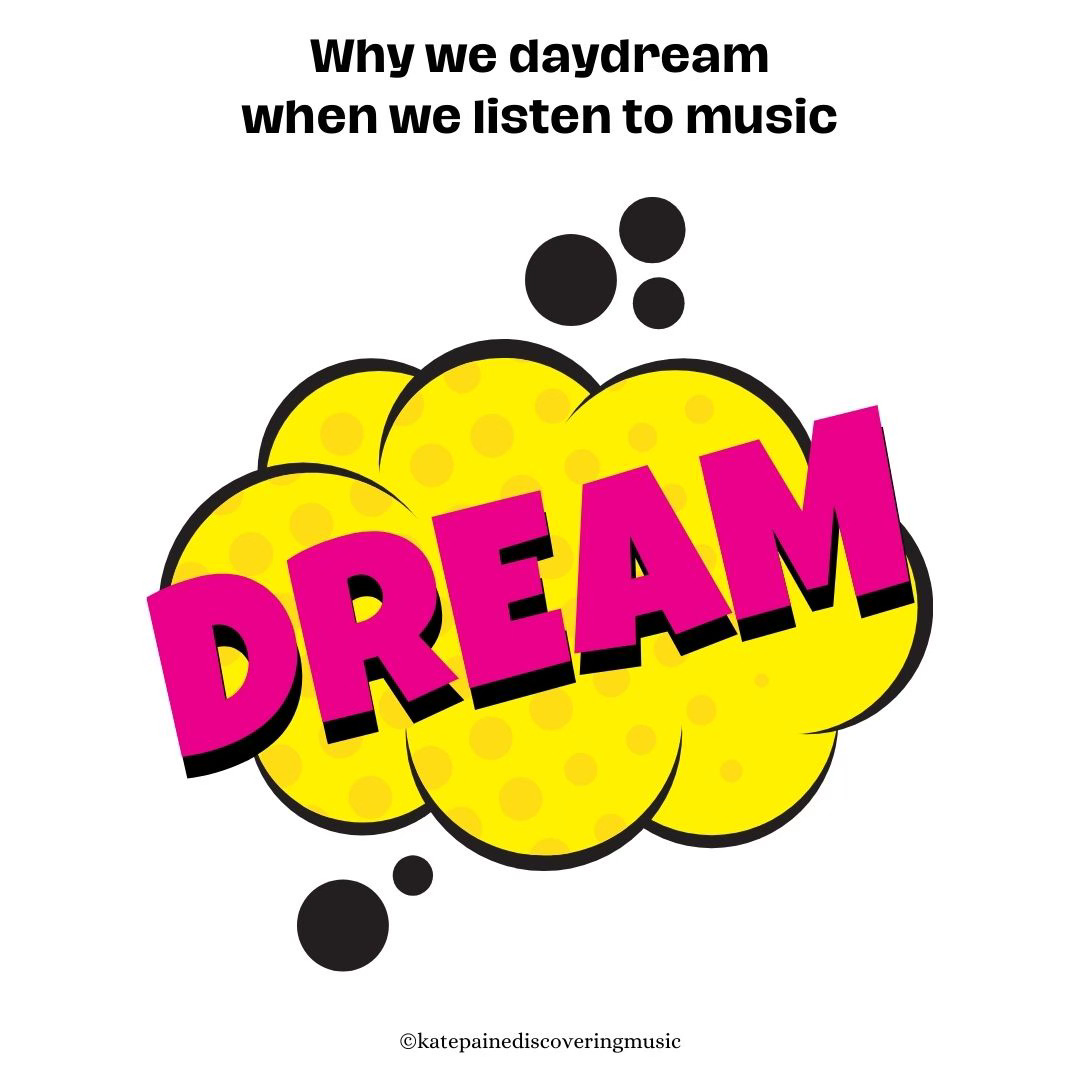Hello music-loving friend,
You know how it is. You’re listening to music and your mind starts to wander. A little while later and it’s like you’re waking up from a dream. Maybe the music is still going or maybe not but, either way, you definitely zoned out for a bit there.
What a day for a day dream,
What a day for a day dreamin' boy.
And I'm lost in a day dream,
Dreamin' 'bout my bundle of joy.Excerpt from Daydream by The Lovin’ Spoonful, 1966
(And here’s the actual song, because who doesn’t need a song in their day?)
How music works: music and consciousness
Our brains are wired to constantly process information, and sometimes, when we're engaged in a relatively passive activity like listening to music (no matter how captivating it might be), they can start to drift. This is because listening to music gives our brains a break from more focused tasks. It provides favourable conditions for wandering thoughts and daydreaming. And if we’re listening to something we know really well our brains can afford to disengage a little from the music.
Of course we’re very capable of coming up with our own unique creative imaginings or daydreams. But given that listening to music is such a rich auditory, cognitive, and emotional experience, it’s not surprising that the music itself is eminently capable of evoking some kind of mental imagery, even going so far as to induce a state of altered awareness. 1
A study published in Psychology of Music takes this idea of how listening to music can bring about a disconnection from everything around us, and explores how it can be deliberately used as a way to distance ourselves from thoughts and feelings that are giving us trouble. 2
We all know how it is to listen to a carefully chosen song or piece of music for the express purpose of escaping the world. Find a tune, pull on your headphones, and suddenly you’re whisked out of your current environment into an internal world, even if only for a few minutes.
Then there’s the practice of using a regular beat to facilitate a trance-like state, often referred to as rhythmic entrainment or rhythmic induction. The idea is to use the regular beat (or regular chanting) to induce a state of altered consciousness. You can think of it as your brain being harnessed by the rhythm, the two becoming in sync. This is a practice often used in healing rituals, to communicate with spirits, and also as a therapeutic tool.
But regardless of whether or not you’re deliberately engaging in a healing ritual, trying to escape your surroundings, or simply enjoying listening to your favourite song, there’s still a pretty good chance your mind will wander, at least some of the time. And that’s perfectly normal.
Now, where are my headphones?
Thank you for taking the time to read my post. If there's anything else you're curious about or would like me to explore further, please let me know!
You can comment on this post or send me a message at katepainediscoveringmusic@substack.com. And please consider becoming a subscriber.
Thanks, Kate ❤️
Bonny H. (2002). Music & Consciousness: The evolution of guided imagery and music. Barcelona Publishers.
Herbert R. (2013). An empirical study of normative dissociation in musical and non-musical everyday life experiences. Psychology of Music, 41(3), 372–394. https://doi.org/10.1177/0305735611430080




